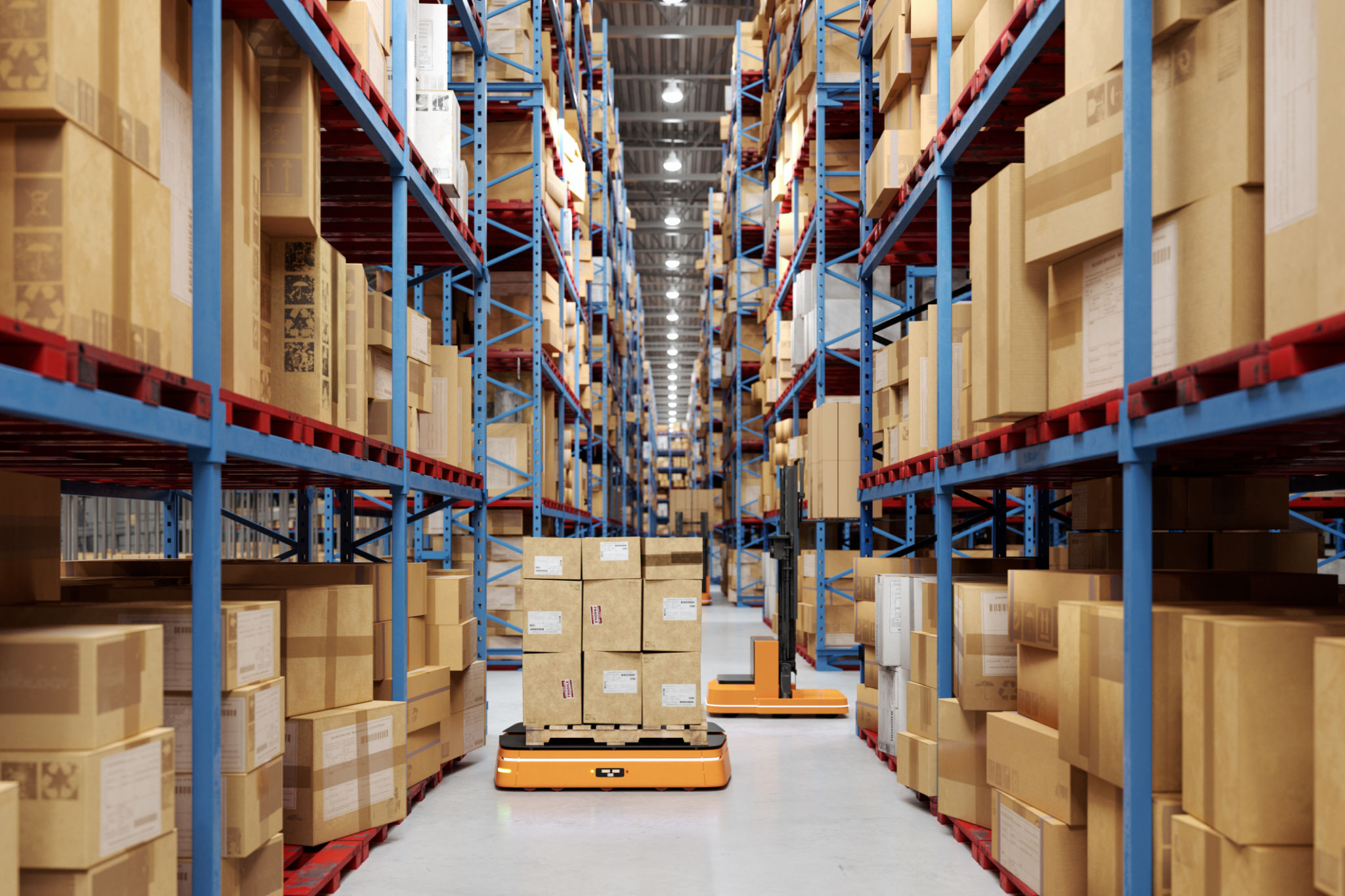Understanding Intermodal Logistics: A Comprehensive Guide by Herrera Logistics
In today's globalized economy, the movement of goods across vast distances is a complex operation that requires efficient coordination. One of the most effective methods for achieving this is through intermodal logistics. This approach combines multiple modes of transportation, such as rail, truck, and sea, to streamline the shipping process and optimize costs.

What is Intermodal Logistics?
Intermodal logistics refers to the use of more than one mode of transport to move goods from origin to destination. This system leverages the strengths of different transportation methods, allowing for a more flexible and efficient supply chain management. The seamless transition between these modes is made possible through standardized containers, which can be easily transferred between ships, trucks, and trains without the need to unload and reload cargo.
Advantages of Intermodal Logistics
One of the primary benefits of intermodal logistics is its cost-effectiveness. By combining various transportation methods, companies can select the most economical routes and carriers for each segment of the journey. This not only reduces shipping costs but also minimizes environmental impact by optimizing fuel consumption.

Another advantage is improved reliability. With multiple transportation options available, companies can mitigate risks associated with delays in one mode by rerouting shipments through another. This flexibility enhances the overall resilience of the supply chain.
Components of Intermodal Logistics
Understanding the key components of intermodal logistics is essential for businesses looking to implement this system effectively. These components include:
- Containers: Standardized containers are the backbone of intermodal logistics, facilitating easy transfer across different modes of transport.
- Transport modes: Utilizing a combination of rail, road, and sea transportation ensures maximum efficiency.
- Technology: Advanced tracking systems and logistics software play a crucial role in coordinating and managing intermodal shipments.

Challenges in Intermodal Logistics
While intermodal logistics offers numerous benefits, it also presents certain challenges. Coordination between different transportation providers can be complex, requiring robust communication and planning. Additionally, variations in infrastructure quality in different regions can affect the efficiency of intermodal transport.
However, with the right strategies and technologies in place, these challenges can be effectively managed, allowing businesses to fully leverage the advantages of intermodal logistics.
Implementing Intermodal Logistics
For companies looking to adopt intermodal logistics, the first step is to conduct a thorough analysis of their supply chain needs. This involves identifying potential routes, evaluating transportation providers, and investing in the necessary technology and infrastructure.

Partnering with experienced logistics providers can also be beneficial, as they bring expertise and established networks that can simplify the transition to an intermodal system. By doing so, businesses can achieve a more streamlined, cost-effective, and sustainable supply chain.
In conclusion, intermodal logistics is a powerful tool for businesses aiming to enhance their transportation efficiency. By understanding its components, benefits, and challenges, companies can better navigate the complexities of global shipping and position themselves for success in the competitive marketplace.
